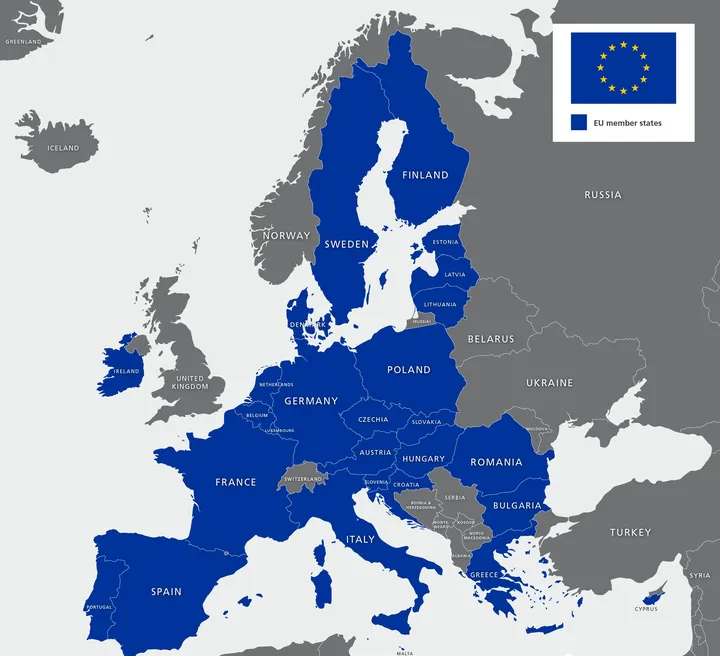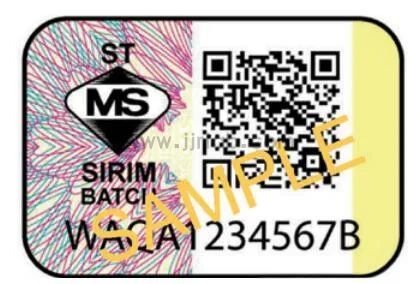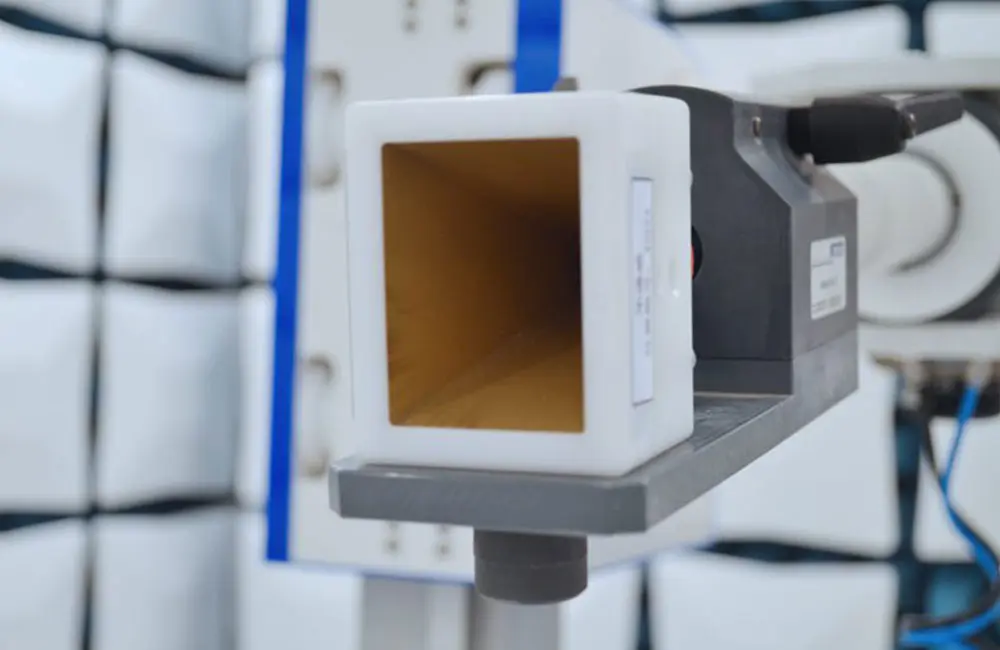
Toy, Baby, Electronics & PPE EU Compliance
Planning to export toys, baby products, electronics, or personal protective equipment (PPE) to the EU?
You must first pass the "safety" checkpoint. The EU has a rigorous regULatory system and detailed standards—only products that meet these requirements can enter the market.
In this article, we use a Q\&A format to clearly explain the safety rules and compliance essentials for these four major product categories in the EU, helping you avoid risks and smoothly obtain market access certification.
Toy Product Safety Rules
According to the EU Toy Safety Directive, what is the definition of a toy?
A toy is a product designed for children under 14 years old to play with.

What standards should toys sold in the EU comply with?
If you sell toys in the EU market, please follow these standards:
1. EN71— applies to all toy products
2. EN62115— applies to electric toys
Note:Electric toys must also comply with other relevant EU electrical product directives, such as the low voltage directive, RoHS (Restriction of Hazardous Substances), WEEE (Waste Electrical and Electronic Equipment Directive), etc.
What information must be included in the product markings of toys sold in the EU?
Toy products sold in the EU must include:
1. Manufacturer’s name and address, and if applicable, the importer’s name and address on the product
2. Batch number, serial number, or model number for traceability
3. The CE mark
4. Warning labels
Baby Product Safety Rules
Which regulation must baby products sold in the EU comply with?
Baby products sold in the EU must comply with the EU General Product Safety Regulation. If the product contains toy components (e.g., a rattle toy attached to a stroller), it must also comply with the EU Toy Safety Directive.
What standards apply to baby products sold in the EU?
Here are some common EU standards for baby products:
1. EN 1888 — Wheeled child conveyances and strollers
2. EN 1273 — Baby walkers
3. EN 14988 — High chairs for babies and toddlers
4. EN 716 — Children's beds
5. EN 14306:2003 — Baby rocking chairs
6. EN 12227:2010 — Domestic playpens
7. EN 1400:2013 & A2:2018 — Pacifiers
Do baby products sold in the EU need to have the CE mark?
Generally, baby products do not require a CE mark in the EU. Only products containing toy parts need to consider the CE mark.
Note:Only products regulated by EU legislation or directives requiring the CE mark can bear it. These include toys, electrical appliances, machinery, gas appliances, PPE, medical devices, and about twenty other categories. The CE mark is prohibited on products not coveRED by these regulations.
�� Electronics & Electrical Appliances Safety Rules
What are the six steps to complete compliance evaluation for electronic and electrical products entering the EU market?
You can follow these six steps to complete product compliance evaluation:
1. Identify applicable laws and regulations
2. Identify applicable standards
3. Conduct pre-market assessment
4. Perform testing
5. Prepare technical documentation
6. Prepare the Declaration of Conformity
This process provides a practical framework for compliance preparation for products entering the EU.
Among many EU directives, how to quickly identify which one applies to your product?
The SPEAC decision tree tool can assist you in quickly identifying the corresponding EU directive.
Which standards should electronic and electrical products sold in the EU comply with?
Depending on product type, these standards apply:
1. Household appliances: EN 60335 series
2. Lighting equipment: EN 60598 series
3. Electronic products: EN 62368-1
Personal Protective Equipment (PPE) Safety Rules
How does the EU classify PPE?
The EU classifies PPE into three categories:
1. Class I: Equipment to protect against low risks
2. Class II: Equipment to protect against intermediate risks
3. Class III: Equipment not classified in the above two categories (higher risks)
What standards should PPE sold in the EU comply with?
Here are some common PPE standards in the EU market:
1. EN 149 — Face masks
2. EN 1078 — Cycling helmets
3. EN 12493 — Mountaineering helmets
4. EN 420 — General work gloves
5. EN 388 — Protective gloves against mechanical risks
6. EN 407 — Heat-resistant gloves
Is CE certification required for PPE sold in the EU?
Yes. All categories of PPE must obtain CE certification before being sold in the EU.
Note:Before affixing the CE mark, manufacturers must:
1. Classify the product and determine applicable regulatory requirements
2. Use appropriate conformity assessment procedures; for Class II and Class III products, involve an EU Notified Body for conformity evaluation
3. Prepare technical documentation to prove compliance and draft a Declaration of Conformity
Only after these conditions are met can the CE mark be affixed to the product.
More:iec 60950 1 | japan mic | gms google | astm f2413 standard | rf test lab | emi testing lab | reach compliance
Email:hello@jjrlab.com
Write your message here and send it to us
 SIRIM and MEPS Certification for Fans in Malaysia
SIRIM and MEPS Certification for Fans in Malaysia
 U.S. CPSC Water Bead Toy Compliance Requirements!
U.S. CPSC Water Bead Toy Compliance Requirements!
 Food Contact Materials (FCM) Regulation
Food Contact Materials (FCM) Regulation
 How to get Certification Compliance for Lithium Ba
How to get Certification Compliance for Lithium Ba
 LED Lighting Safety Testing Service Laboratory
LED Lighting Safety Testing Service Laboratory
 LED Lighting EMC Testing Service
LED Lighting EMC Testing Service
 EU REACH Compliance Testing Services
EU REACH Compliance Testing Services
 Electronic and Electrical Reliability Testing Serv
Electronic and Electrical Reliability Testing Serv
Leave us a message
24-hour online customer service at any time to respond, so that you worry!




